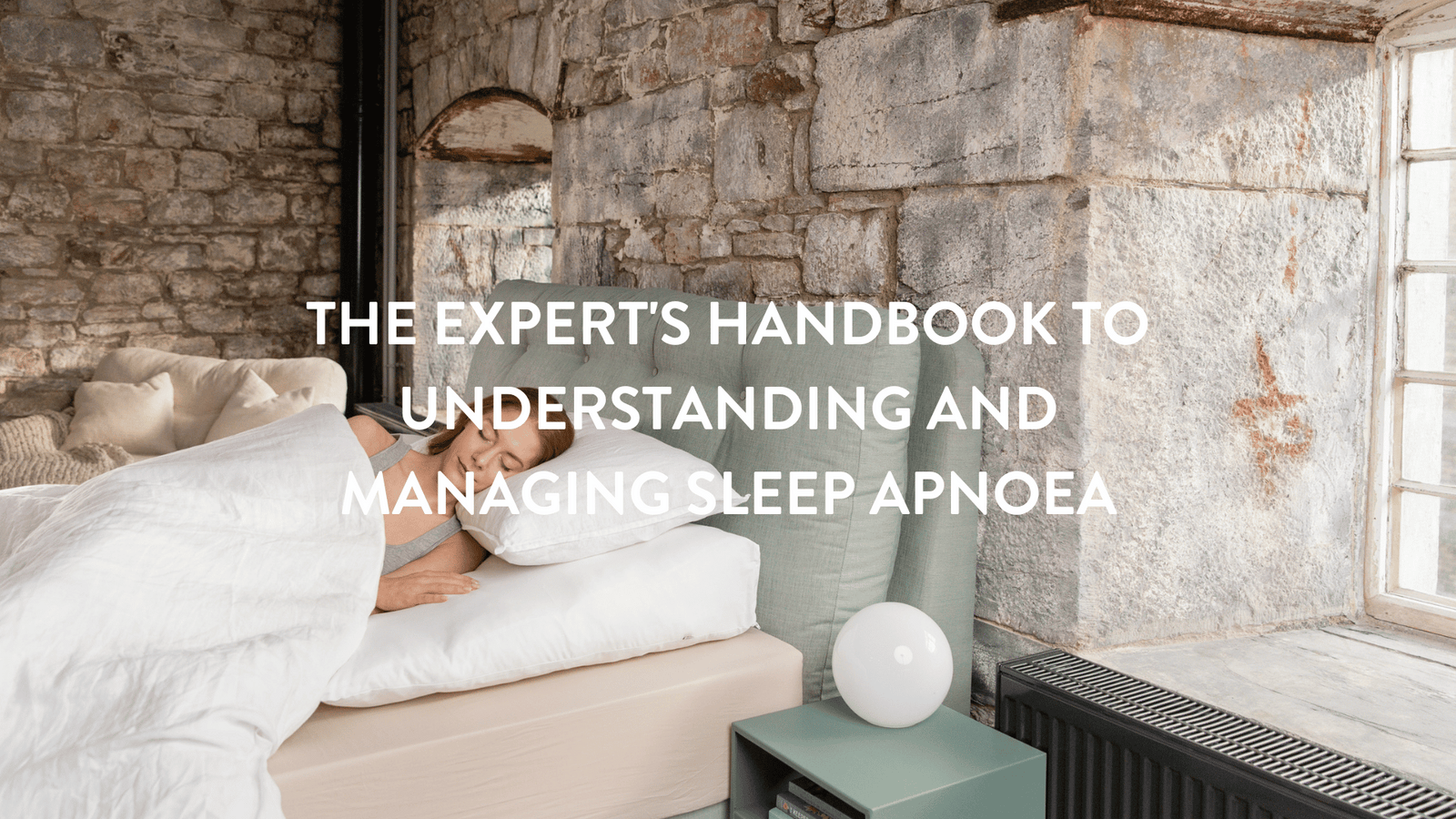
The Expert's Handbook to Understanding and Managing Sleep Apnoea
Are you or a loved one struggling with sleep apnoea? You're not alone. This common sleep disorder impacts millions globally, often disrupting sleep and leading to several health issues.
This guide aims to shed light on the causes, symptoms, and treatments of sleep apnoea to help you achieve better rest and improve overall wellness.
We'll address frequently asked questions, provide practical advice, and explore treatment options and product ranges to manage this condition effectively.
What is Sleep Apnoea?
Sleep apnoea is a serious sleep condition where your breathing repeatedly stops and starts during sleep. It occurs in two main forms:
- Obstructive Sleep Apnoea (OSA) - This is the most common type. It happens when throat muscles relax too much, causing a blockage in the airway.
- Central Sleep Apnoea (CSA) - This occurs when the brain doesn't send proper signals to the muscles that control breathing.
Symptoms of Sleep Apnoea
Common Symptoms
Recognizing sleep apnoea symptoms is crucial as it can help with early diagnosis and treatment:
- Loud snoring
- Gasping or choking noises during sleep
- Pauses in breathing
- Waking up frequently at night
- Daytime sleepiness and fatigue
- Morning headaches
- Difficulty concentrating
- Irritability and mood swings
Symptoms in Women
Sleep apnoea symptoms in women can be slightly different and often less noticeable:
- Mild snoring
- Insomnia or restless sleep
- Morning headaches
- Mood disturbances such as depression or anxiety
- Fatigue and daytime drowsiness
Causes of Sleep Apnoea
Several factors can contribute to the development of sleep apnoea:
- Obesity - Excess weight is a major risk factor, especially fat deposits around the upper airway.
- Age - The risk increases as you age.
- Neck Anatomy - A thicker neck might have narrower airways.
- Alcohol and Sedatives - These substances relax the throat muscles.
- Family History - Genetic predisposition can play a role.
- Smoking - Increases inflammation and fluid retention in the upper airway.
Sleep Apnoea Myths Debunked: Separating Fact from Fiction
Is Sleep Apnoea Dangerous?
Yes, untreated sleep apnoea can have severe consequences:
- Cardiovascular Issues - Increased risk of high blood pressure, heart attack, and stroke.
- Daytime Fatigue - Can lead to accidents, including motor vehicle collisions.
- Metabolic Disorders - Higher likelihood of developing type 2 diabetes.
- Mental Health - Depression, anxiety, and other mood disorders.
What Happens if Sleep Apnoea Goes Untreated?
Leaving sleep apnoea untreated can lead to various complications:
- Chronic Fatigue - Persistent daytime drowsiness can affect your ability to perform everyday activities.
- Heart Problems - Increased risk of heart disease and irregular heartbeats.
- Liver Issues - Higher chances of abnormal liver function tests.
- Complications with Medications and Surgery - Problems with anesthesia and slower recovery.
Can Sleep Apnoea Kill You?
While sleep apnoea itself is not usually fatal, it significantly increases the risk of life-threatening conditions:
- Heart Attack - The strain on the cardiovascular system can lead to heart attacks.
- Stroke - Interrupted sleep patterns are linked to a higher risk of strokes.
- Accidents - Severe daytime drowsiness can result in accidents, particularly while driving.
How is Sleep Apnoea Diagnosed?
Diagnosis typically involves a sleep study (polysomnogram), which can be conducted in a sleep clinic or at home. The study monitors your:
- Brain activity
- Eye movement
- Heart rate
- Blood oxygen levels
- Breathing patterns
Treatments for Sleep Apnoea
Lifestyle Changes
Simple lifestyle modifications can significantly impact managing sleep apnoea:
- Weight Loss - Reducing excess weight can help alleviate symptoms.
- Quit Smoking - Reduces airway inflammation.
- Avoid Alcohol and Sedatives - These relax the throat muscles and can worsen symptoms.
CPAP Therapy
Continuous Positive Airway Pressure (CPAP) therapy is the most common and effective treatment. It involves wearing a mask over your nose and/or mouth while you sleep, which keeps your airway open by providing a constant stream of air.
Benefits of CPAP Therapy
- Improved Sleep Quality: By preventing interruptions in breathing, CPAP therapy helps achieve a more restful and restorative sleep.
- Enhanced Daytime Alertness: Better sleep leads to improved focus, mood, and overall energy levels during the day.
- Reduced Health Risks: Effective management of sleep apnoea with CPAP therapy can lower the risk of associated health issues, such as heart disease, stroke, and high blood pressure.
- Snoring Reduction: By keeping the airway open, CPAP therapy significantly reduces or eliminates snoring, benefiting both the user and their partner.
Oral Appliances
For those who find CPAP therapy uncomfortable, oral appliances may offer a viable alternative. These devices are designed to keep the throat open by bringing the jaw forward, thus reducing the likelihood of airway obstruction.
Custom-fitted by a dentist with expertise in sleep-disordered breathing, oral appliances can be particularly effective for individuals with mild to moderate obstructive sleep apnoea.
Surgical Options
In some cases, surgery might be recommended to treat sleep apnoea, especially if other treatment options have failed. Surgical procedures aim to remove tissue, reposition the jaw, or implant devices to keep airways open.
Types of surgery include:
- Uvulopalatopharyngoplasty (UPPP) - Removal of throat tissue to widen the airway.
- Genioglossus Advancement (GA) - Repositioning of the tongue muscle attachment forward to open the airway.
- Hypoglossal Nerve Stimulation - Insertion of a device to stimulate the nerve controlling tongue movements to keep the airway open.
Positional Therapy
For individuals whose sleep apnoea worsens when sleeping on their back, positional therapy can be an effective treatment. This involves using devices or techniques to encourage side sleeping.
Specialised pillows, belts, or wearable devices can help maintain a side-sleeping position throughout the night.
Medications
While medications are not a primary treatment for sleep apnoea, they can help manage associated symptoms, such as daytime sleepiness or insomnia. Prescription medications may be used cautiously and typically are not a long-term solution.
Alternative Therapies
Some people turn to alternative therapies, such as yoga, acupuncture, or weight management programmes, to complement traditional treatments.
While these methods may not directly treat sleep apnoea, they can improve overall wellness and alleviate some symptoms.
Living with Sleep Apnoea
Living with sleep apnoea requires ongoing management and lifestyle adjustments. Adhering to treatment plans and making necessary changes can significantly improve your quality of life. Here are some tips for managing sleep apnoea effectively:
- Follow Treatment Plans - Consistently use prescribed treatments, whether CPAP, oral appliances, or other therapies.
- Regular Check-ups - Regularly visit your healthcare provider to monitor your condition and adjust treatments as needed.
- Healthy Lifestyle - Maintain a healthy diet, exercise regularly, and avoid alcohol and smoking.
- Sleep Hygiene - Develop good sleep habits, such as maintaining a regular sleep schedule and creating a comfortable sleep environment.
By taking proactive steps and working closely with healthcare professionals, individuals with sleep apnoea can lead healthier, more restful lives.
Coping Strategies for Partners of Sleep Apnoea Patients
Living with a partner who has sleep apnoea can be challenging. The loud snoring, gasping for breath, and restlessness can disrupt sleep, leading to frustration and fatigue for both individuals. Here are some strategies for partners to manage the impact of sleep apnoea on their lives:
- Open Communication: Talk openly about the challenges and support each other in seeking and adhering to treatment. Understanding the condition and being empathetic can enhance your relationship.
- Earplugs or White Noise Machines: Using earplugs or a white noise machine can help block out disruptive sounds, improving the quality of your sleep.
- Separate Sleep Schedules: If the noise is too disruptive, consider sleeping on different schedules or in separate bedrooms. This can be a temporary solution while the sleep apnoea patient undergoes treatment.
- Encourage Treatment Adherence: Support your partner in following their treatment plan, whether it involves CPAP therapy, using oral appliances, or making lifestyle changes. Consistent treatment can significantly reduce symptoms and improve sleep quality for both of you.
- Self-Care: Ensure you are taking care of your own health and well-being. Getting adequate sleep, managing stress, and seeking support from friends, family, or support groups can help you cope with the challenges.
By implementing these coping strategies, partners of sleep apnoea patients can better manage the condition's impact on their own health and well-being, ultimately fostering a more supportive and harmonious living environment.
Frequently Asked Questions
Can Sleep Apnoea Be Cured?
While there is no definitive cure for sleep apnoea, many treatments can effectively manage and reduce its symptoms.
Lifestyle changes, CPAP therapy, and surgical options offer significant relief.
What’s the Life Expectancy of Someone with Sleep Apnoea?
With proper management and treatment, individuals with sleep apnoea can lead normal, healthy lives. Early diagnosis and adherence to treatment plans are crucial.
How Do You Fix Sleep Apnoea?
Addressing sleep apnoea involves a combination of lifestyle changes, medical treatments, and possible surgical interventions. Consulting with a healthcare provider is essential for a tailored treatment plan.
Day-to-day Sleep Apnoea Management
Advanced CPAP Pillow - Sleep Apnoea
If you're a mask wearer who sleeps on your side, our specially designed CPAP pillow could be your key to deeper and healthier sleep. Featuring two "C" shaped cut-outs on either side, this pillow reduces pressure on your face, accommodating a variety of masks including those for sleep apnoea, CPAP, BIPAP, NIPPY, and more.
Benefits:
- Relieves Mask Discomfort: Helps improve compliance and comfort for mask wearers.
- Ensures Better Fit: Keeps your mask securely in place throughout the night.
- Ideal for Side Sleepers: Perfectly suited for those who prefer sleeping on their side with a mask.
- Eases Pain: Alleviates neck, shoulder, and back pain, as well as headaches and numb arms.
"This is my second Putnams pillow & I can't recommend this enough. If you have sleep apnoea & wear a mask for your treatment this pillow will help you sleep much better." Mark C
Putnam's Bed Wedge
The Putnam's Bed Wedge is designed to elevate the upper body during sleep, which can help reduce the severity of obstructive sleep apnoea. By maintaining an inclined sleeping position, the wedge pillow helps keep the airway open and reduces the likelihood of airway obstruction. This can lead to more restful sleep and reduce symptoms such as snoring and interrupted breathing.
"I have used the wedge for a couple of weeks now and find it really comfortable. It is also helping with my sleep apnoea and I am really please with it." Ian W
Putnam's Bed Back Support Pillow
Proper spinal alignment can significantly improve breathing during sleep. Putnam's Bed Back Support Pillow provides excellent support for the lower back, promoting a natural spinal curve.
This can not only alleviate back pain but also improve overall posture, which is beneficial for those with sleep apnoea, as proper alignment helps keep the airway open.
Benefits of Using Putnam's Products
- Enhanced Sleep Quality: By addressing the factors that contribute to sleep apnoea, Putnam's products can lead to a more restful and continuous night's sleep.
- Improved Comfort: Designed with ergonomics in mind, these pillows and lumbar supports ensure that users remain comfortable throughout the night.
- Reduced Symptoms: The targeted support from Putnam's products can help minimise common sleep apnoea symptoms such as snoring, gasping for air, and frequent awakenings.
- Non-Invasive: Using Putnam's pillows and sleep apnoea range offers a non-invasive treatment method, making them ideal for those who may not be ready or suitable for surgical interventions.
Incorporating Putnam's products into your sleep routine can be an effective way to manage sleep apnoea.
These ergonomic solutions provide the necessary support to enhance airflow and improve breathing during sleep, contributing to better overall health and well-being.
Facing a Future with a Sleep Apnoea Diagnosis
Sleep apnoea is a serious yet manageable condition.
Understanding its causes, recognizing symptoms, and seeking timely treatment can significantly improve your quality of life. Whether you're a patient, caregiver, or simply curious, being informed is the first step toward better health.
If you suspect you or someone you know may have sleep apnoea, consult a healthcare professional and explore the available treatment options.
Ready to take control of your sleep health?




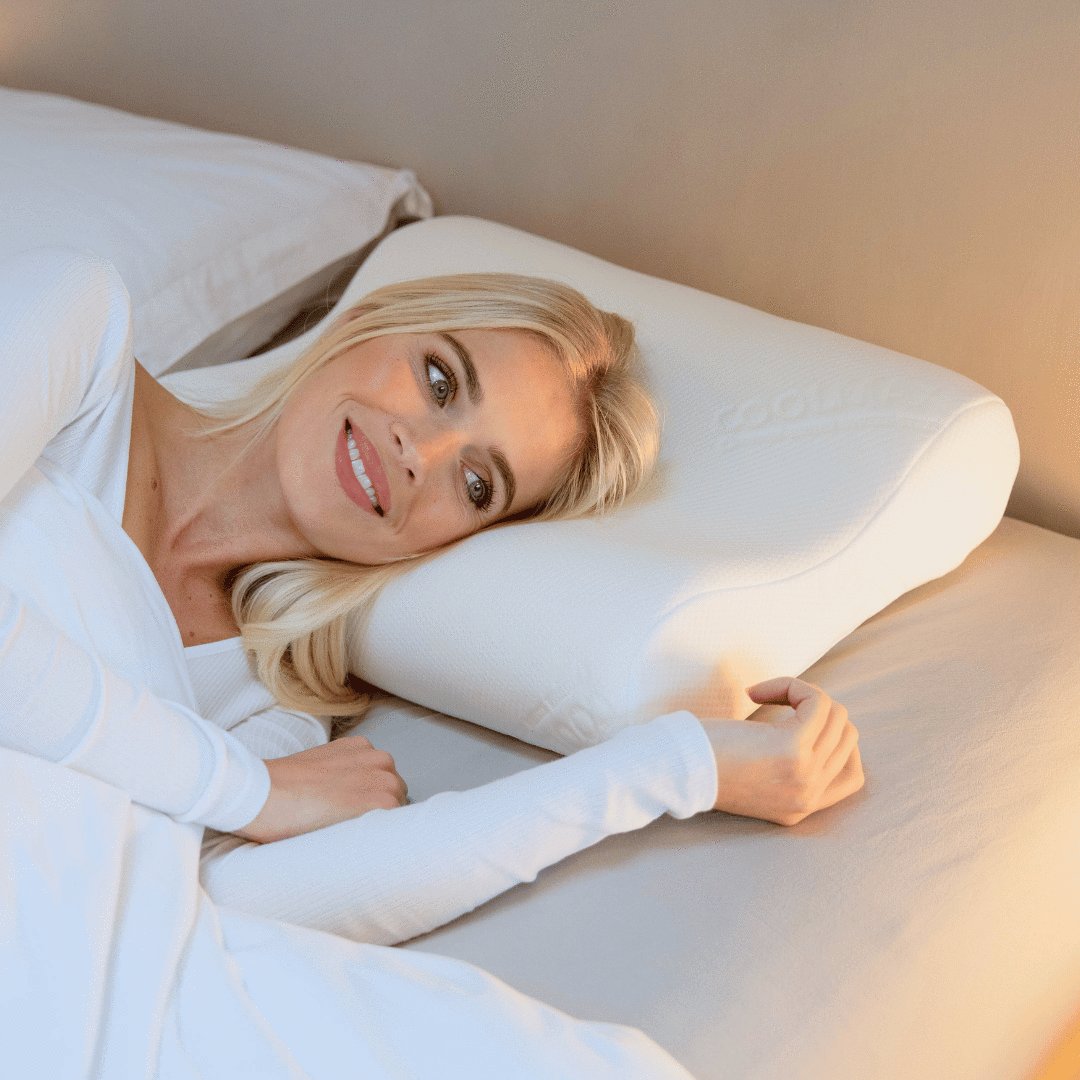
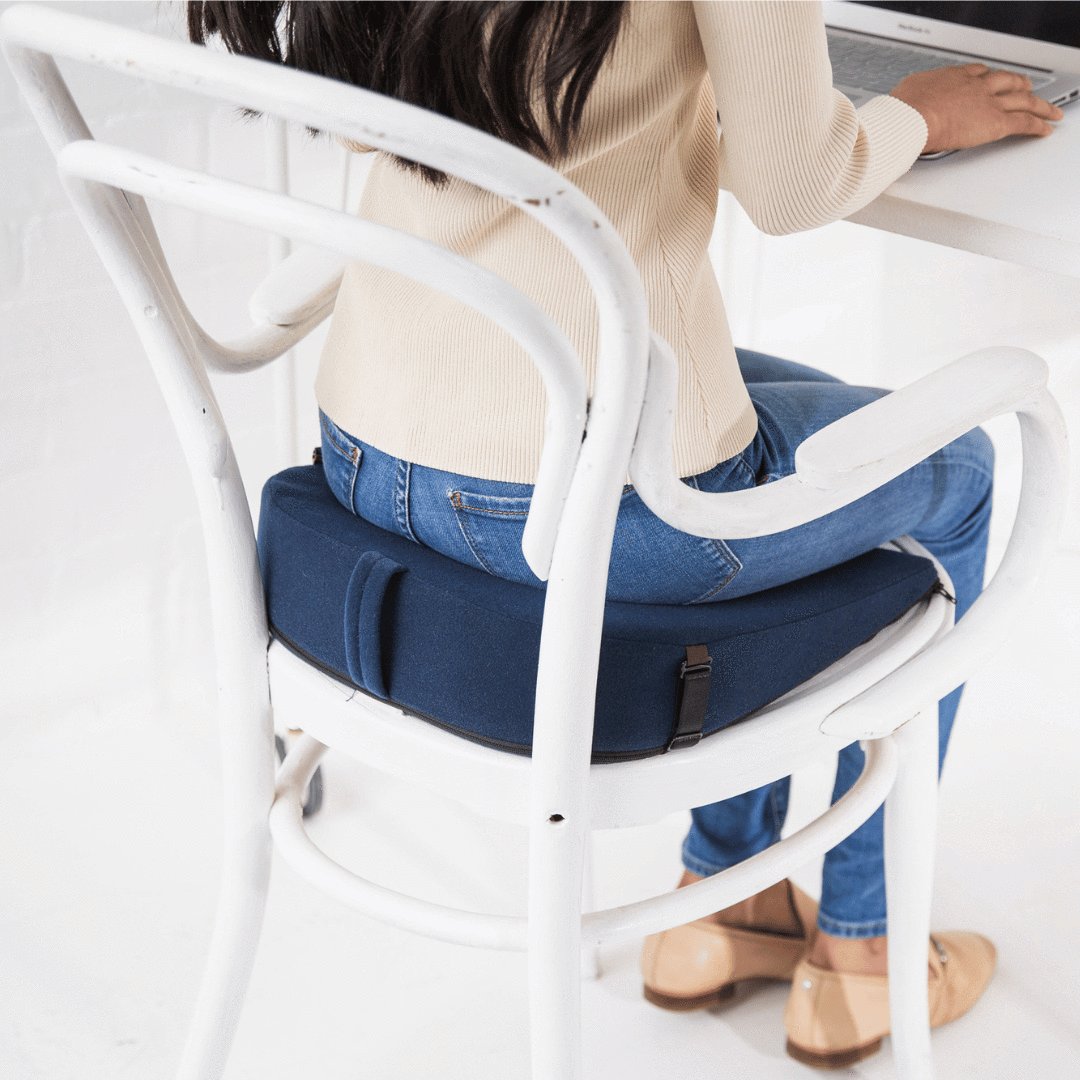

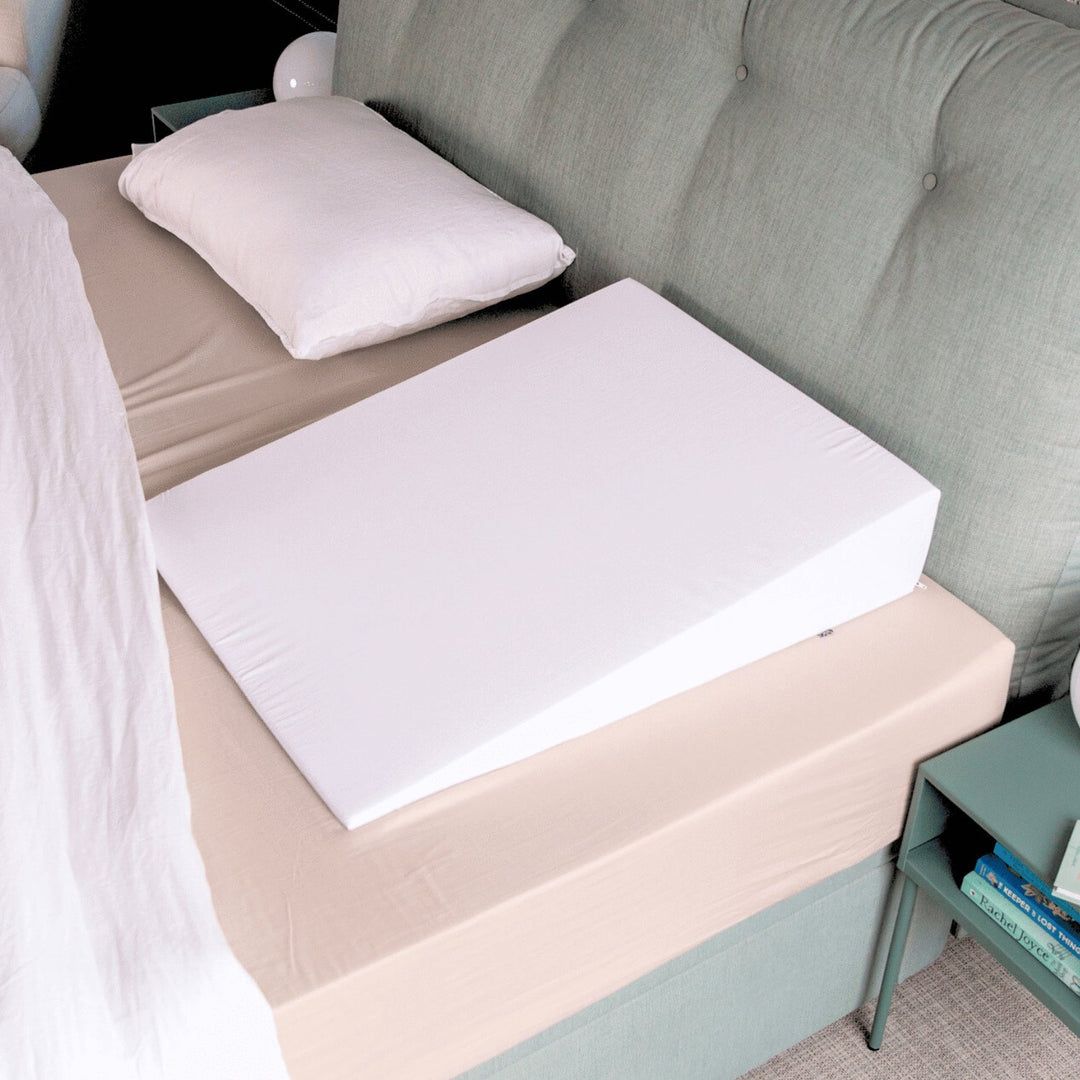
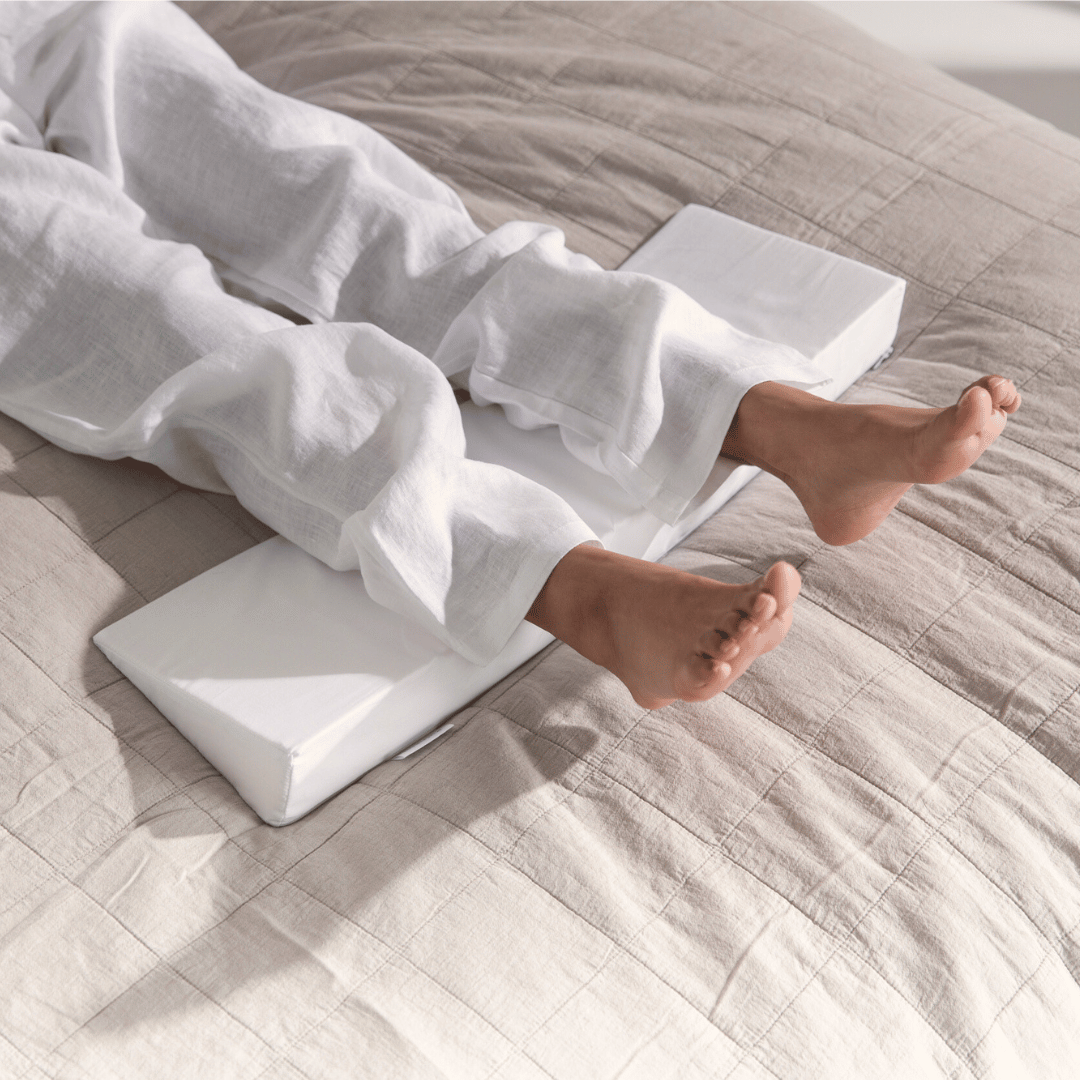
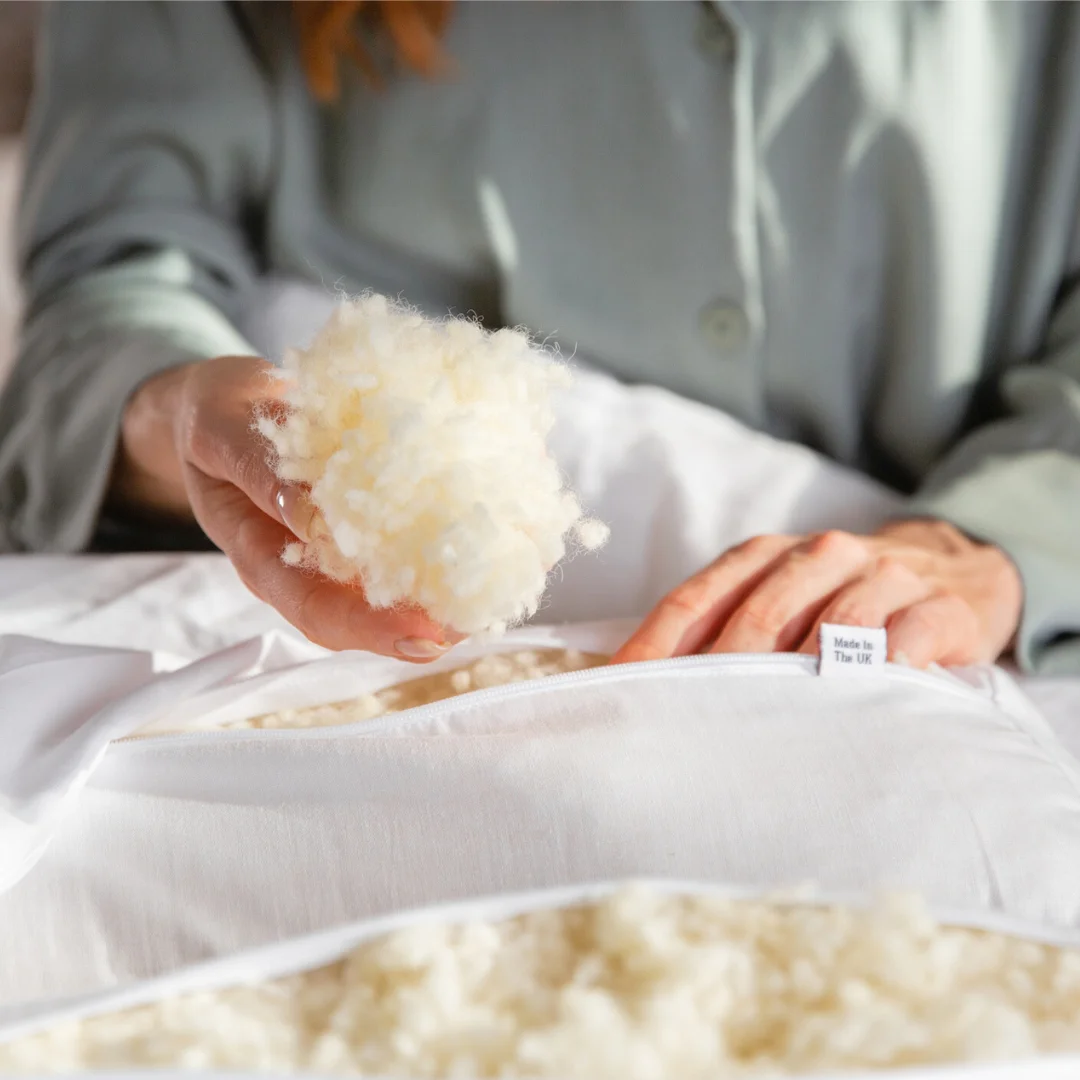
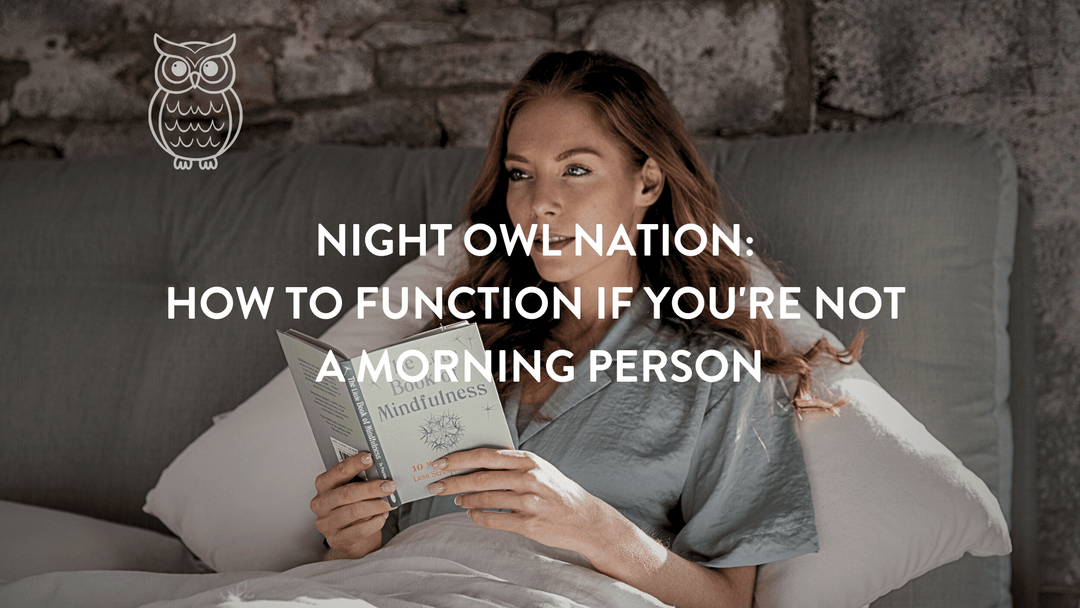
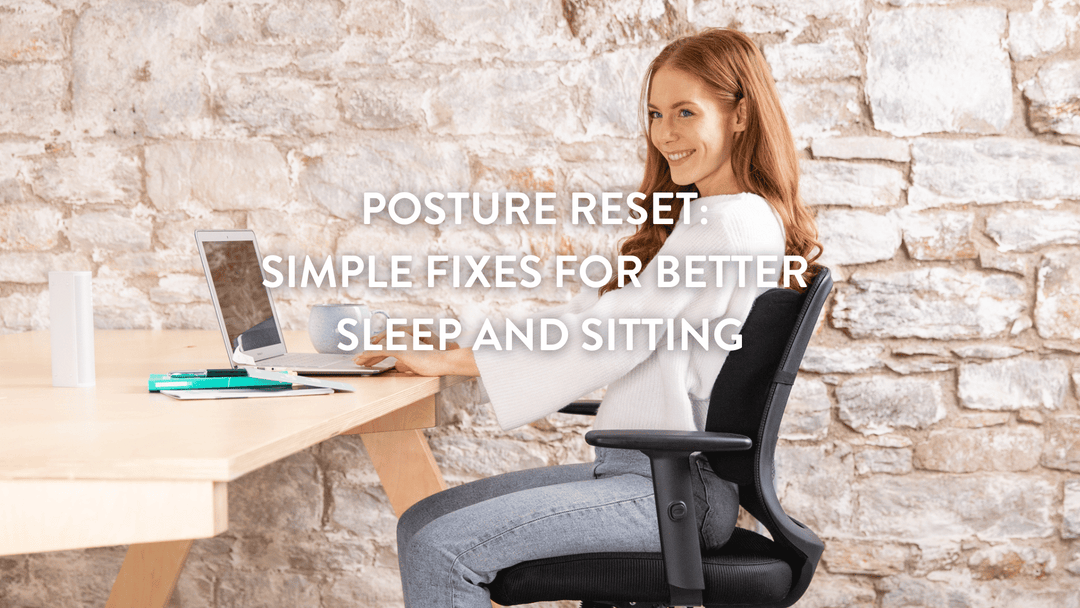
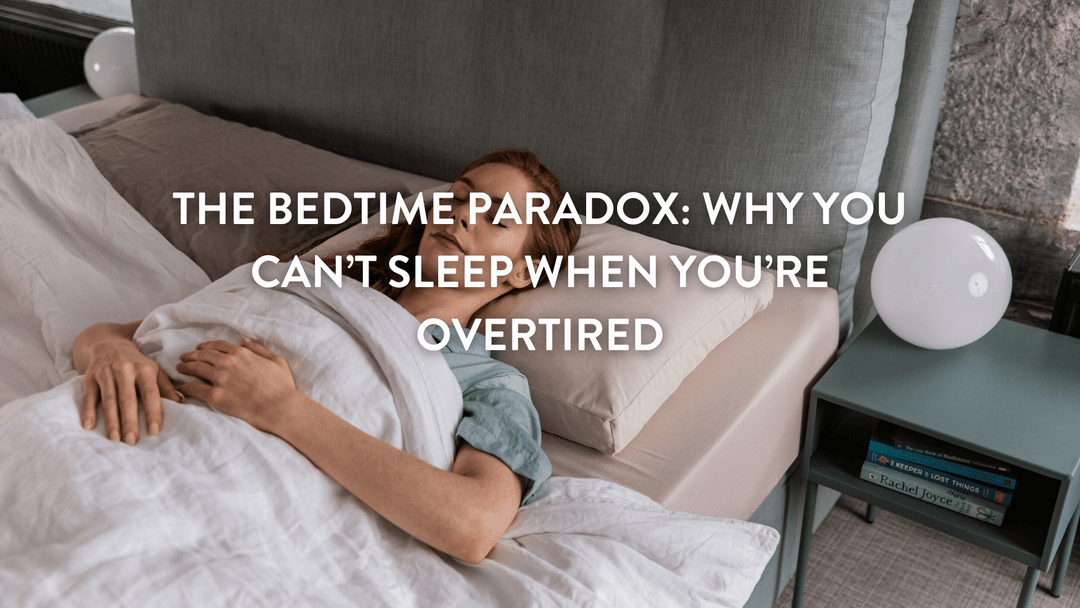
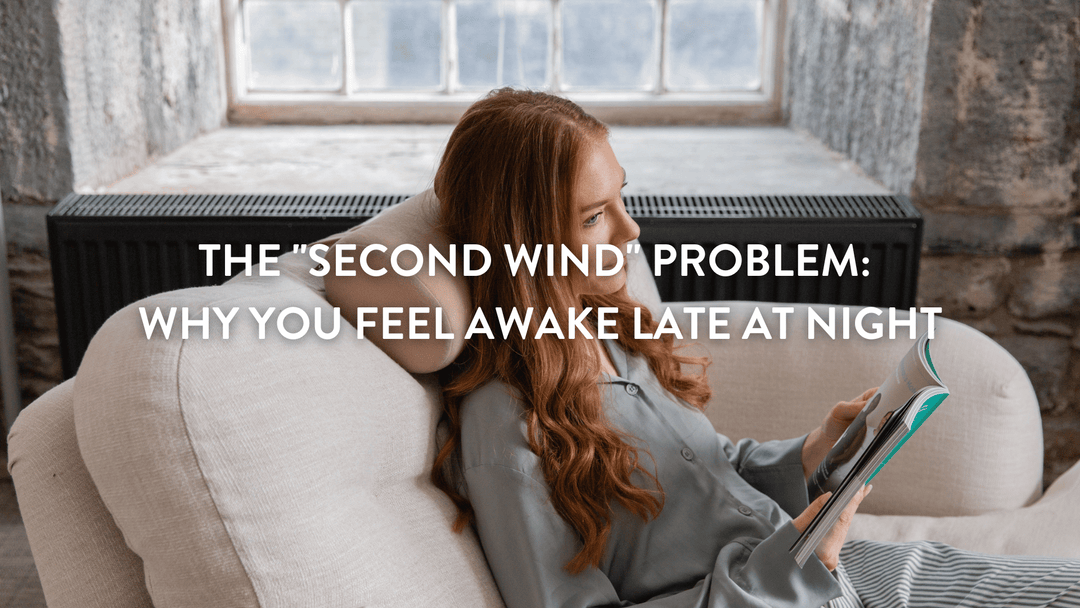

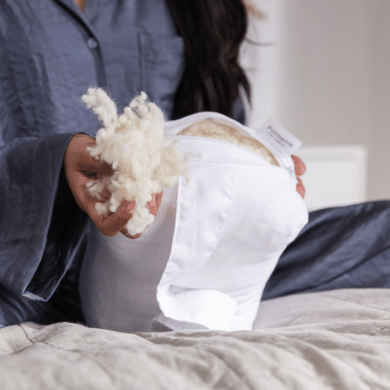
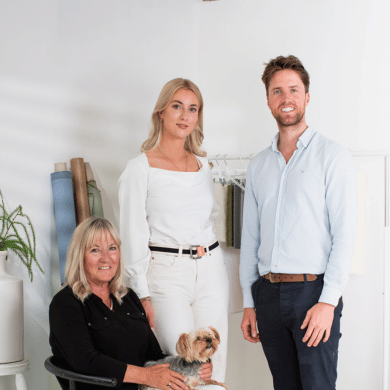
Leave a comment